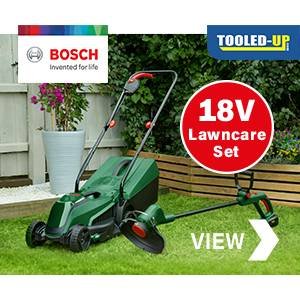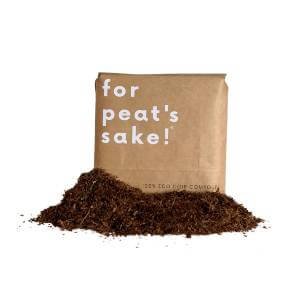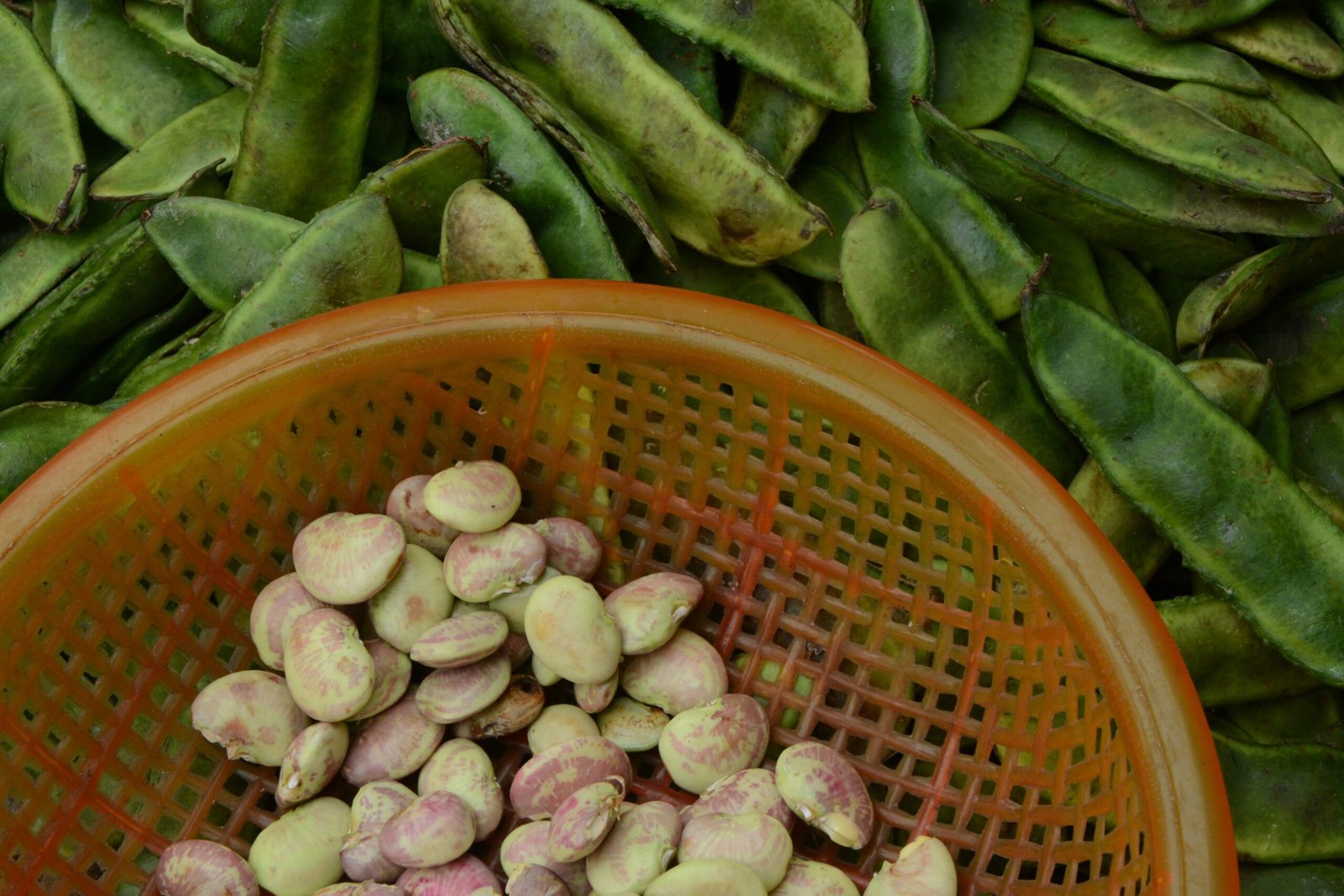Introduction
Welcome to the ultimate guide on how to grow edible limes right in the comfort of your own home in the UK. Whether you have a spacious garden or a small balcony, this step-by-step guide will help you cultivate your very own lime tree and enjoy the zesty fruits it produces.
Why should I grow Limes?
Growing limes at home offers a multitude of benefits. Not only do they add a burst of tangy flavour to your culinary creations, but they also provide a refreshing addition to your beverages. Limes are rich in vitamin C and antioxidants, making them a healthy addition to your diet. By growing your own limes, you have complete control over the cultivation process, ensuring that you enjoy fresh, organic fruits without any harmful pesticides or chemicals.
Where is the ideal location to grow Limes?
Limes thrive in warm and sunny climates, so finding a suitable location is crucial. If you live in the UK, it’s best to choose a spot that receives ample sunlight throughout the day. South-facing areas or spots near a sunny window are ideal. If you have limited outdoor space, consider growing limes in containers or pots that can be placed strategically to maximize sun exposure.
Soil type and preparing the soil
Limes prefer well-draining soil with a slightly acidic pH level. Before planting, ensure the soil is rich in organic matter. You can achieve this by adding compost or well-rotted manure to improve the soil’s fertility and drainage. If you’re unsure about your soil’s pH level, you can test it using a simple soil testing kit available at garden centers or online.
Watering tips and hints
Proper watering is essential for the healthy growth of lime trees. As a general rule, water your lime tree deeply once a week, ensuring that the soil is moist but not waterlogged. During hot summer months, you may need to increase the frequency of watering. However, be cautious not to overwater, as this can lead to root rot. Mulching around the base of the tree can help retain moisture and regulate soil temperature.
Sowing and planting Limes
If you prefer to start from scratch, you can grow limes from seeds. Begin by selecting fresh seeds from a ripe lime and rinse off any pulp. Plant the seeds in a seed tray filled with moist potting soil and cover them lightly. Place the tray in a warm location, ideally around 20-25°C (68-77°F). Keep the soil consistently moist, and within a few weeks, you should see seedlings emerging.
How to grow Limes from seed
Once the seedlings have grown to a suitable size, usually around 10-15cm (4-6 inches), they can be transplanted into individual pots. Choose pots with good drainage holes and fill them with a well-draining potting mix. Carefully transfer the seedlings, ensuring that the roots are covered with soil. Place the pots in a sunny location and continue to water and care for them as they grow.
How to plant out Limes – general care for Limes
If you prefer to start with a young lime tree, you can purchase one from a reputable nursery or garden center. Choose a healthy-looking tree with a strong root system. Before planting, prepare the soil as mentioned earlier. Dig a hole slightly larger than the root ball and gently place the tree into the hole. Backfill with soil, ensuring that the tree is planted at the same depth it was in the container. Water thoroughly and add a layer of mulch around the base to retain moisture.
How to harvest Limes
Once your lime tree matures, it will start producing fruits. Harvesting limes is a simple and rewarding process. Wait until the fruits reach their full size and color, usually when they turn a vibrant green or yellow, depending on the variety. To harvest, gently twist or cut the fruit from the stem. Avoid pulling or tugging, as this can damage the tree.
How to store Limes
Freshly harvested limes can be stored at room temperature for up to two weeks. For longer storage, place them in a plastic bag and store them in the refrigerator. Lime juice can also be extracted and frozen in ice cube trays for later use.
Problems to growing limes including common pests and diseases
While limes are relatively easy to grow, they can face a few common problems. Aphids, scale insects, and citrus leaf miners are some of the pests that may attack your lime tree. Regularly inspect your tree for any signs of infestation and take appropriate measures such as using organic insecticides or introducing beneficial insects to control the pests. Lime trees can also be susceptible to diseases such as citrus canker or root rot. Proper care, including regular pruning, good air circulation, and well-draining soil, can help prevent these issues.
Where to buy Limes
You can purchase lime trees or seeds from reputable nurseries, garden centers, or online plant retailers. Look for certified organic options to ensure the health and quality of your lime tree.
What are the best Lime varieties to grow and why?
When choosing a lime variety to grow, consider your preferences and growing conditions. The ‘Persian’ or ‘Tahiti’ lime is a popular choice for its abundant fruit production and tangy flavor. The ‘Kaffir’ lime is known for its aromatic leaves, which are commonly used in Thai cuisine. The ‘Key’ lime offers a more acidic and intense flavor, perfect for adding a zing to your dishes and cocktails.
What tools will I need to grow limes?
Growing limes requires minimal tools. You’ll need a trowel or small shovel for planting, pruning shears for maintaining the tree’s shape, and a watering can or hose for watering. Additionally, having a pH testing kit and organic insecticides on hand can be beneficial for monitoring and addressing any potential issues.
Conclusion
Growing limes at home in the UK is a rewarding experience that allows you to enjoy the freshness and tanginess of these versatile fruits. By following the steps outlined in this guide, you can cultivate your very own lime tree and relish in the joy of harvesting and using your homegrown limes in various culinary creations.
Frequently Asked Questions
Q: Can I grow limes indoors?
A: Yes, limes can be grown indoors as long as they receive adequate sunlight and are provided with the right growing conditions.
Q: How long does it take for a lime tree to bear fruit?
A: Lime trees typically start producing fruits within 3-5 years, depending on the variety and growing conditions.
Q: Can I grow limes from cuttings?
A: While it is possible to propagate lime trees from cuttings, it can be a more challenging process compared to growing them from seeds or purchasing young trees.
Q: Are limes self-pollinating?
A: Yes, most lime varieties are self-pollinating, which means they do not require another tree for cross-pollination.
Keywords: growing limes, growing limes uk, growing limes from seed, growing limes indoors, growing limes in a pot, lime tree, lime tree care, lime tree varieties, lime tree pests, lime tree diseases, buy lime tree, how to grow limes, how to plant limes, how to harvest limes, how to store limes.





































